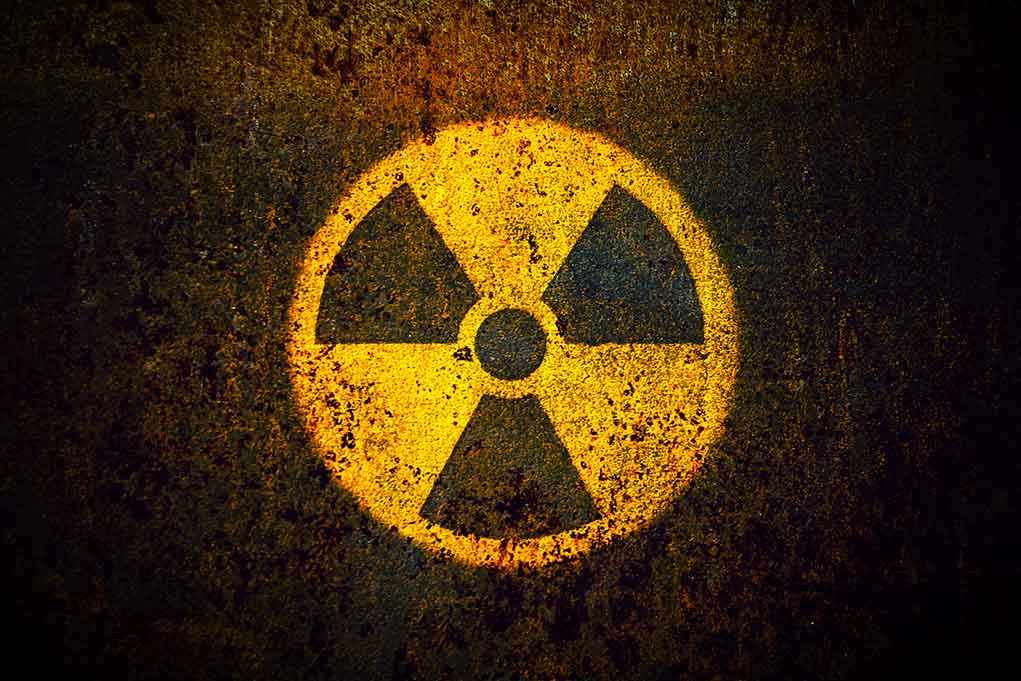
Imagine the world teetering on the brink of chaos as two nations, armed with the potential for nuclear devastation, dance dangerously close to confrontation. What happens next could change everything.
At a Glance
- Iran’s nuclear program faces severe disruptions after Israeli and US military strikes.
- Diplomatic efforts have collapsed, escalating tensions in the Middle East.
- The E3 nations face a looming deadline to invoke sanctions, raising stakes further.
- Regional security and global stability hang in the balance as new threats emerge.
The Battle Over Iran’s Nuclear Ambitions
The Israel-Iran nuclear crisis has reached a boiling point. With Iran’s nuclear breakout time reduced to nearly zero, Israel launched a series of targeted attacks on June 13, 2025, hitting key Iranian nuclear facilities. The United States followed suit with airstrikes, amplifying the damage. The International Atomic Energy Agency confirmed extensive destruction, particularly at the Esfahan site. Iran’s response was swift, accelerating its nuclear program despite the setbacks.
Diplomatic efforts were already on shaky ground before the strikes. Indirect talks between the US and Iran, mediated by Oman, had been ongoing but collapsed after the attacks. The E3 nations (UK, France, Germany) are now considering invoking “snapback” sanctions. With their authority to do so expiring in October 2025, the clock is ticking for a diplomatic or coercive solution.
The Players in a High-Stakes Game
The key stakeholders are playing a high-stakes game where every move counts. Iran, led by Supreme Leader Ali Khamenei and the Islamic Revolutionary Guard Corps, seeks nuclear capability for deterrence and regional influence. Israel, under its Prime Minister, is determined to prevent a nuclear-armed Iran, seeing it as an existential threat. The US, E3, and the International Atomic Energy Agency are all deeply involved, each with their own motivations and interests.
The power dynamics are complex, with Iran’s regional proxies and asymmetric capabilities adding layers of difficulty to deterrence and escalation management. The IAEA is responsible for monitoring compliance, but its authority is limited by the political actions of member states.
Latest Developments and Future Implications
Despite the military setbacks, Iran retains the technical knowledge to continue its nuclear pursuits. Analysts assess that while Iran’s large-scale enrichment capabilities have been severely impacted, the country’s ability to produce uranium metal remains largely intact. The risk of escalation is ever-present, with potential retaliatory actions by Iran or its proxies looming large. The E3’s decision on sanctions could either defuse or further ignite the situation.
The broader implications of this crisis extend beyond the immediate region. Global energy markets and shipping lanes are vulnerable to instability. The political landscape in Iran, Israel, the US, and Europe is polarized, with debates raging over the use of force versus diplomatic solutions. The nuclear nonproliferation regime faces unprecedented challenges in this tense climate.
Sources:
UK Parliament Commons Library Briefings
Institute for the Study of War
UK Parliament Commons Library Briefings
International Atomic Energy Agency (IAEA) official statements











